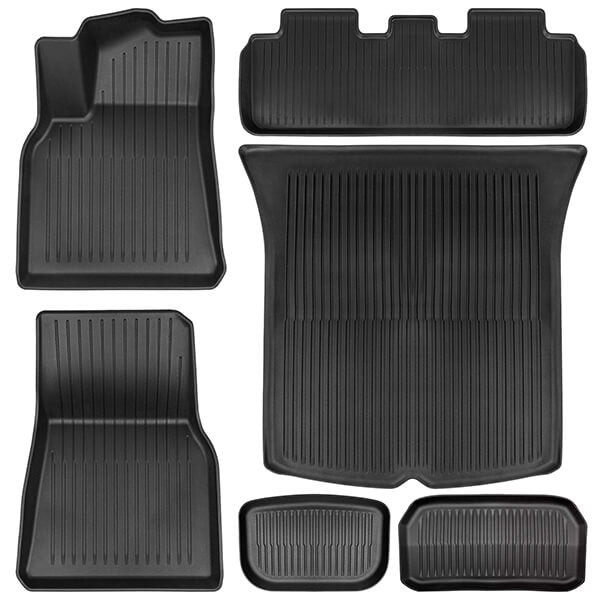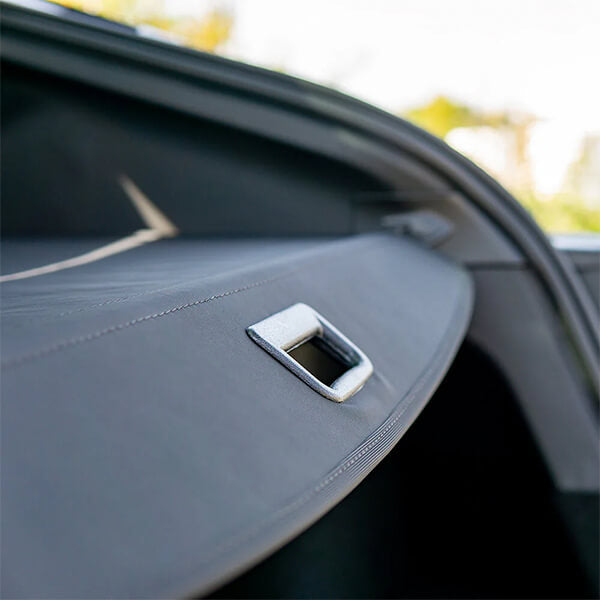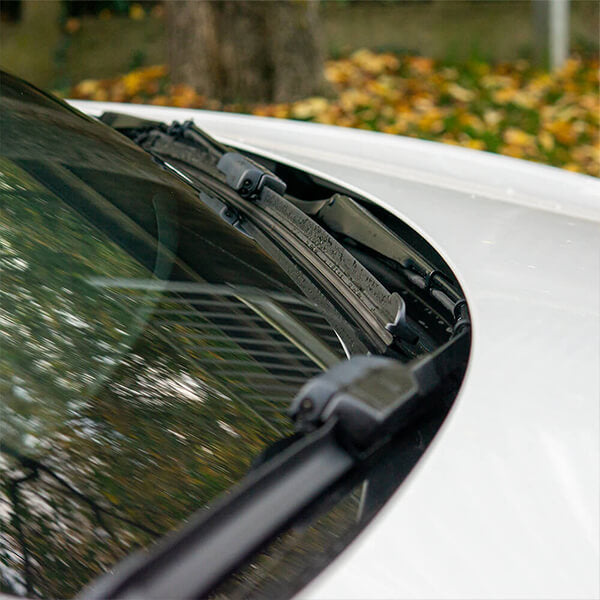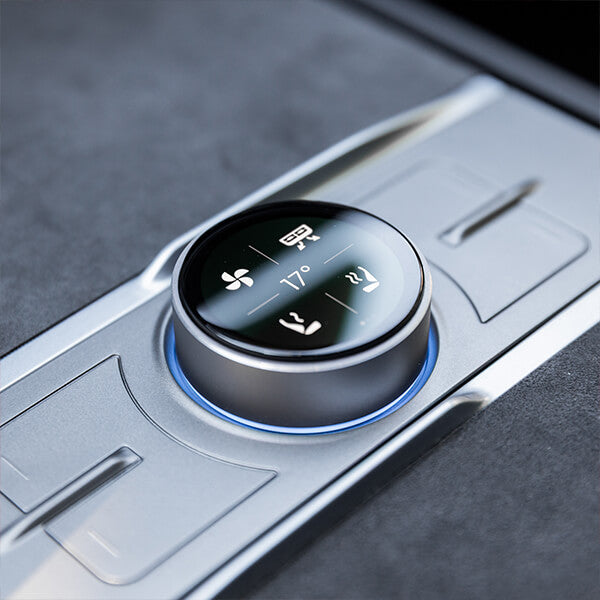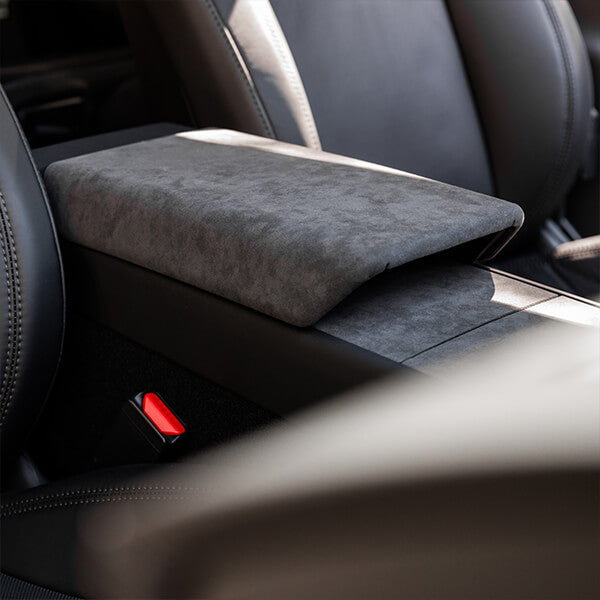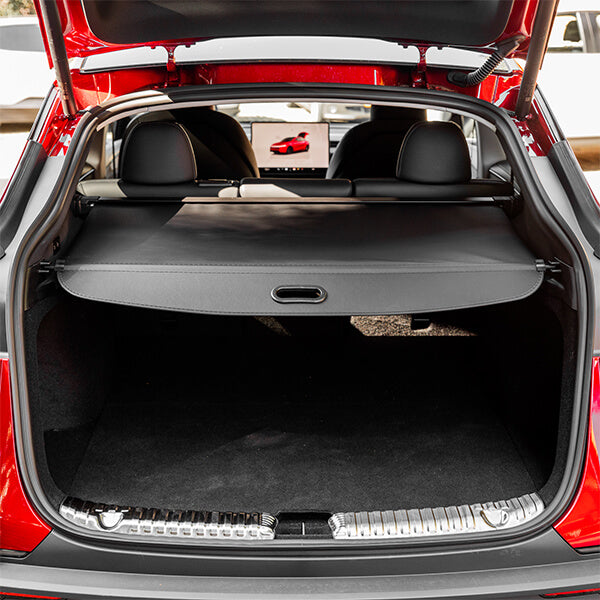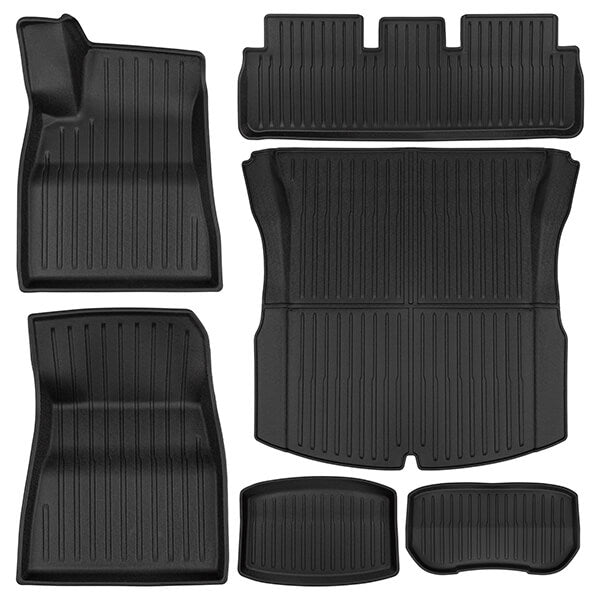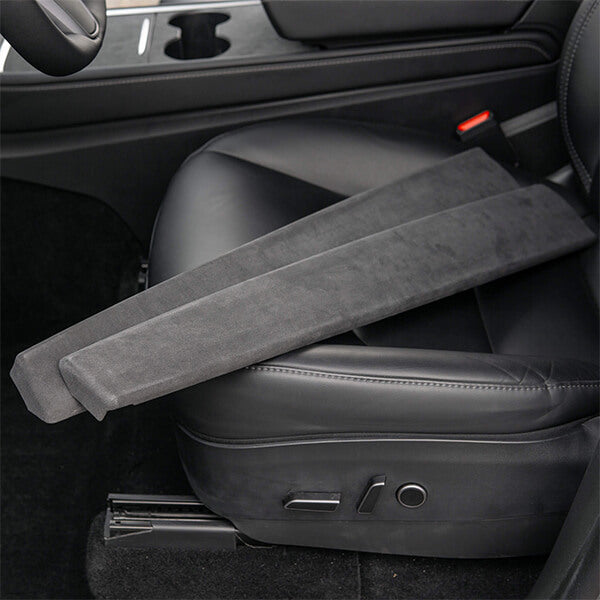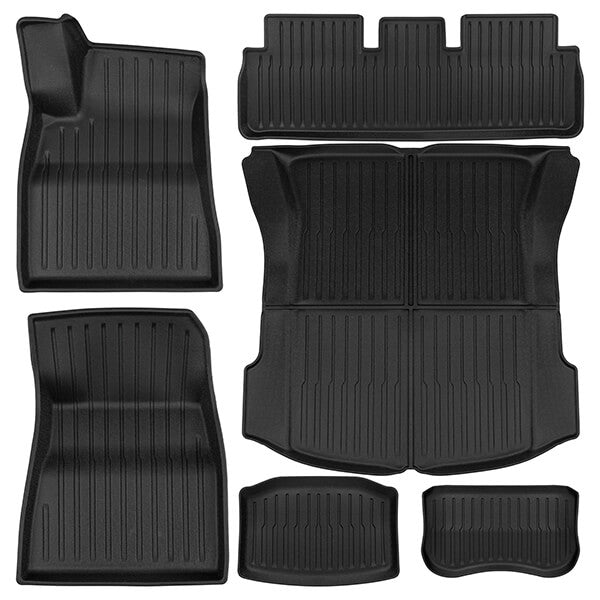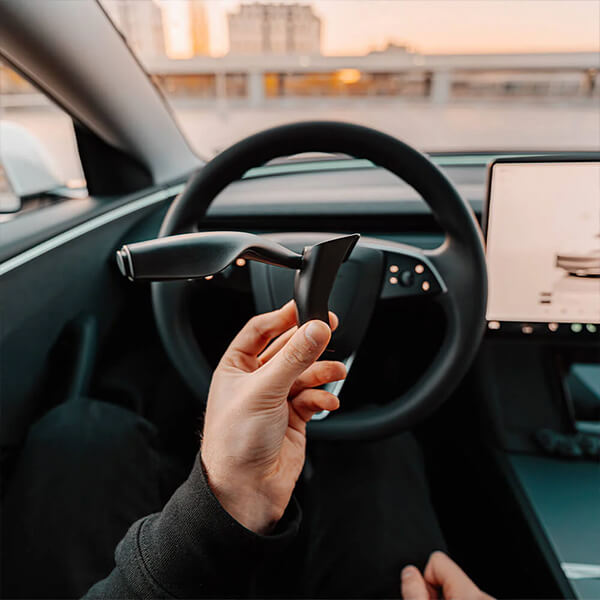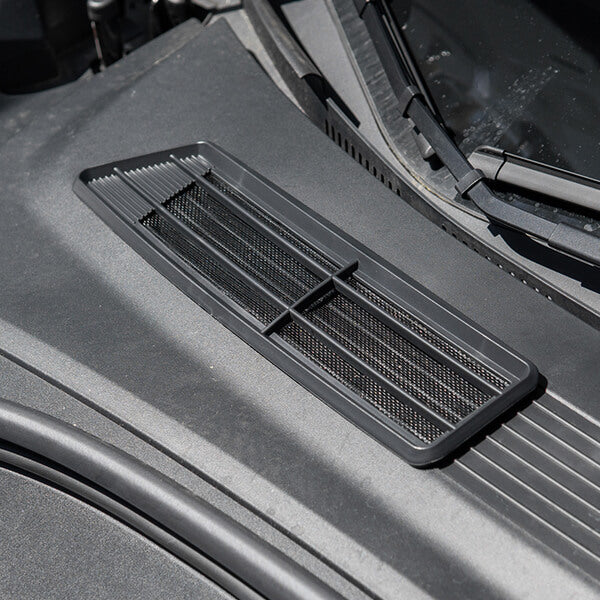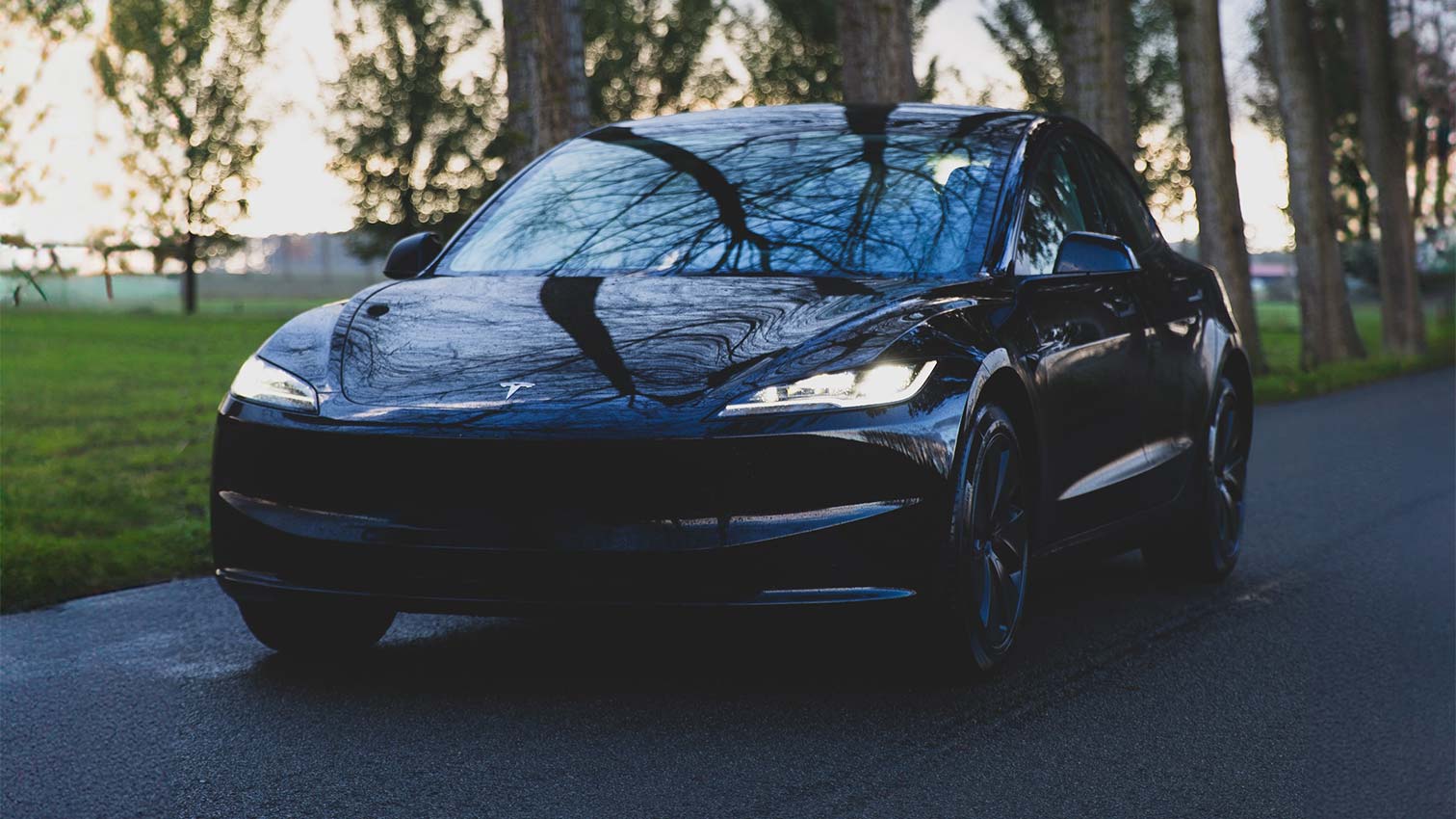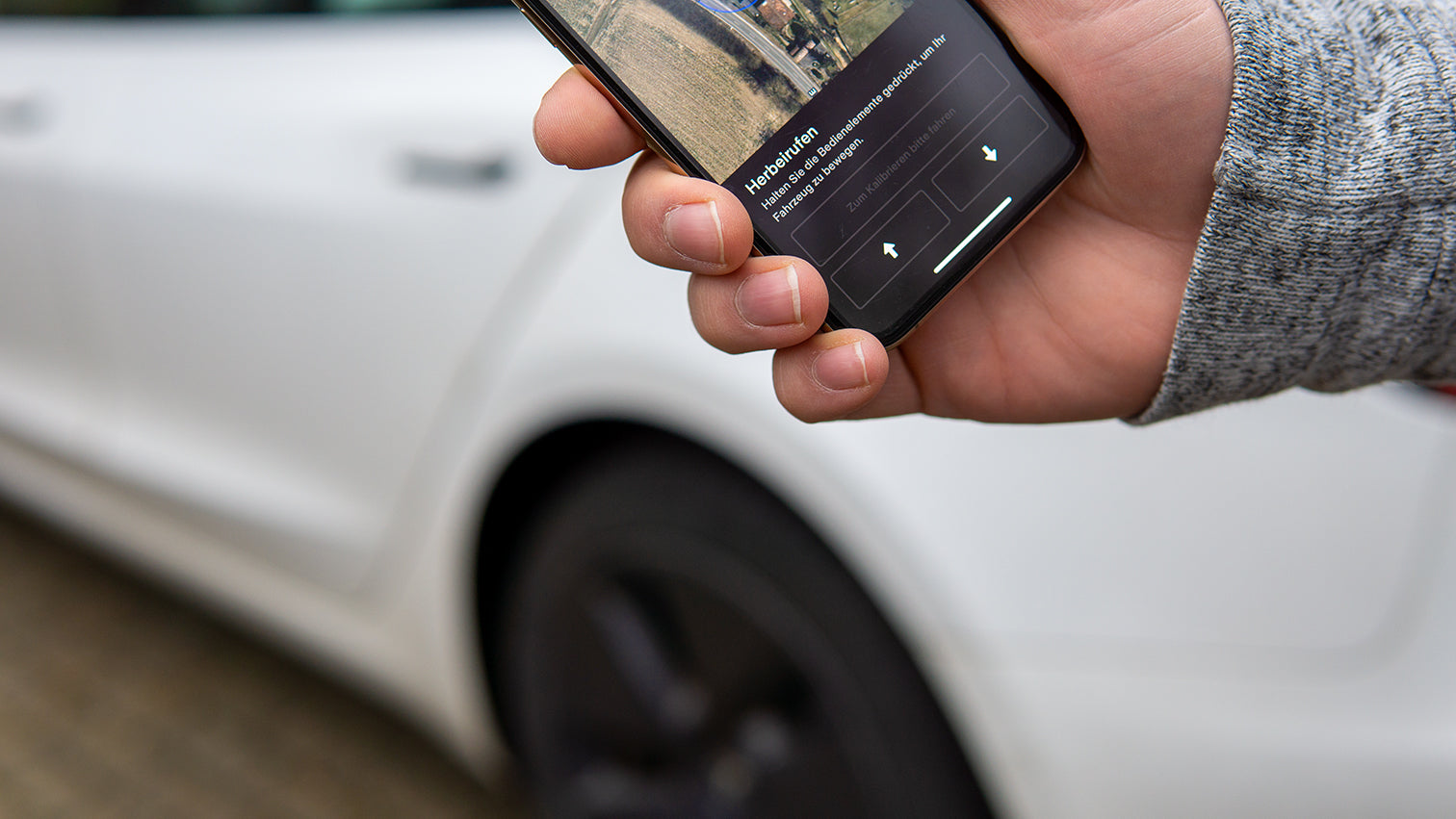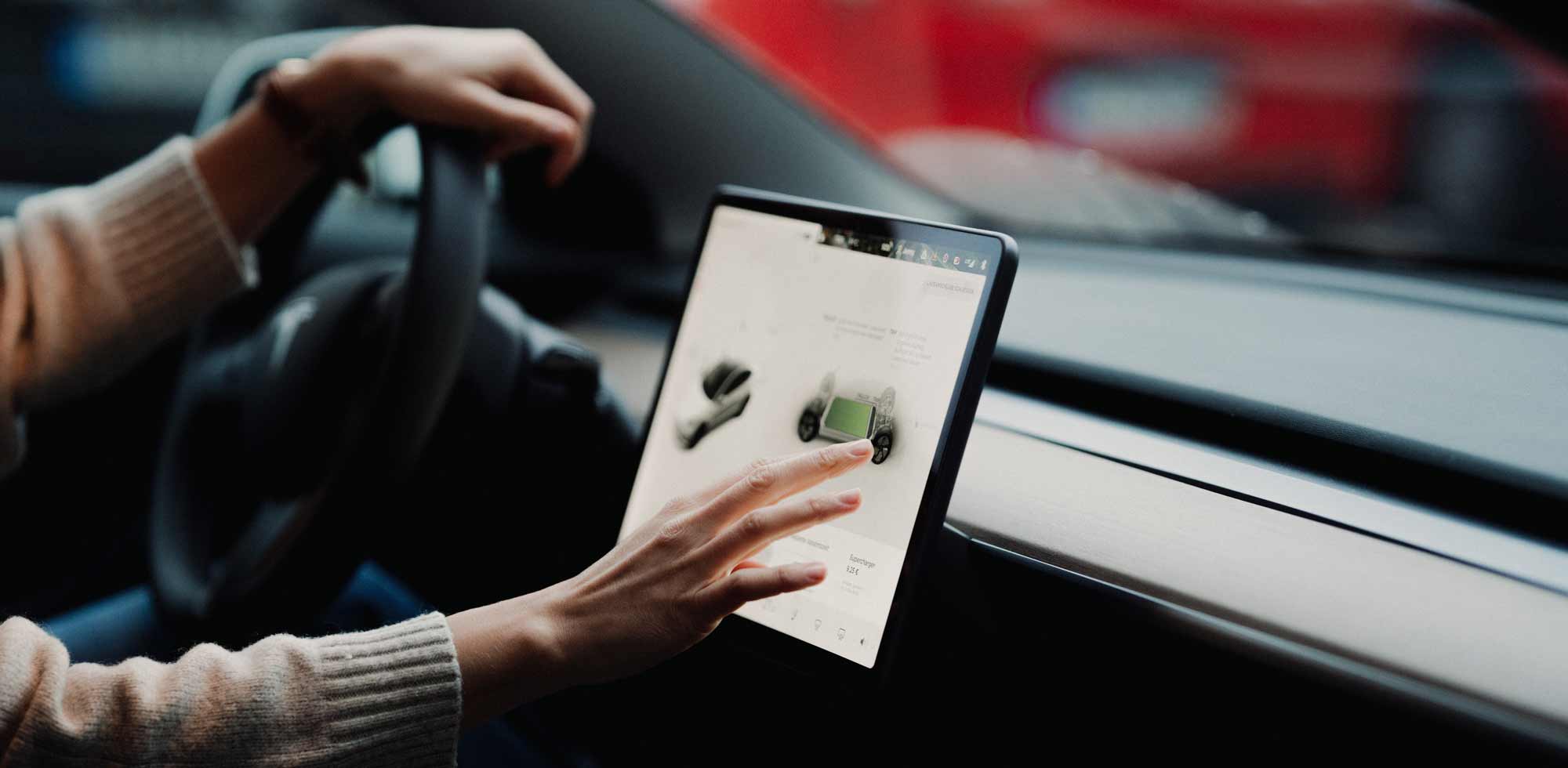The dream of autonomous driving is at least as old as Tesla itself. The company has been promising its customers for a long time that driverless cars are "coming soon" and that the necessary hardware is already installed in every Tesla.
It is now clear that this did not quite work out. The fourth generation of hardware is already being installed in new Teslas, hundreds of thousands of volunteers are testing and improving the autopilot software - but it may not quite work yet.
In fact, Tesla's hardware decision, the Tesla Vision Only, is causing confusion and disappointment among customers.
The challenges of autonomous driving at Tesla
Obtaining all the environmental data from cameras alone is very different from what the rest of the industry is doing. And, of course, they are not sleeping when it comes to autonomous driving. Breaking new ground has often helped Tesla so far, but in this case you need a lot of optimism to believe in success in the near future.
Customer doubts and the future of Tesla Vision
Customers are currently wondering how something as simple as a Tesla Vision parking aid is supposed to work. Tesla is slowly figuring this out, but with the old Tesla ultrasonic sensors (Tesla USS), which the company banned from new vehicles at the end of 2022, it worked just as well in many situations. For other features suspended due to the changeover, such as Summon or Smart Summon, a reintroduction date is still in the stars - although Tesla had promised to release them again soon after the changeover.
Many are therefore asking themselves "When is Tesla Vision coming?", although this question is of course somewhat incorrectly formulated. Tesla Vision has been around for a long time, it just can't do everything it should be able to do. Some are therefore considering whether they should retrofit the Tesla USS on the third-party market or wait for a Tesla ultrasonic sensor update that can replace the USS in all features with camera images.
But let's take it one step at a time: What exactly is the whole issue about and what are the current developments?
Tesla Vision vs Radar
An autonomous car needs data, lots of data. It constantly needs to know what it looks like around the vehicle, whether objects will cross its path, where the road is and much more. For a long time, Tesla collected this data, just like its competitors, from a whole arsenal of sensors: ultrasonic sensors, radar sensors and cameras. Only the laser radar (lidar) used by some car manufacturers has always been rejected by Tesla - too big, too expensive, not necessary.
Then Elon Musk announced Tesla Vision, the idea of obtaining all the necessary data purely from camera images. Musk was of the opinion that cameras to the front, side and rear would provide sufficient coverage of the surroundings and would also be more accurate than other sensors. Cameras recognize lines, small curbs or grooves that are not recognized by USS or radar.
This decision initially led to the removal of the radar sensors, which were considered inaccurate, from all new Model 3s and Ys in 2021 and from all new Model Ss and Xs in 2022 . This apparently worked quite well and there was no major outcry from the Tesla community. Only other car manufacturers that rely heavily on radar were surprised.
Tesla Vision USS: Tesla annoys customers
In October 2022, Tesla finally took the next step towards "Vision Only": the USS were banned from the new Model 3 and Y, and the measure was to follow in the Model S and X in 2023. This time, however, customers were disappointed and vented their anger. A Tesla without ultrasonic sensors? How would that work? All it takes is dirt in front of the camera and the system drives "blind"!
The fact that the parking aid with Tesla Vision didn't work at first and the familiar "beeping" that people had been used to from mid-range and luxury cars for decades failed to materialize was a particular source of anger. Quite a few returned their Tesla shortly after delivery.
When is the Tesla Vision update coming?
With time the excitement has died down, on 23.03.in 2023, the parking aid and the parking assistant came back via an over-the-air update - and apparently the whole thing works quite well. However, it did not remain pure Vision Only, as originally announced.
With the new Hardware 4 (H W4), Tesla laid the foundation for up to four more cameras (there are eight so far), which will presumably be located at the front and rear of the bumper. Tesla also changed its mind about radar sensors, which are also planned again in the HW4. Here, Tesla has done its own research and developed a new type of high-resolution radar that meets the requirements of Autopilot (or Musk, who knows). So Tesla's autonomous system will probably not remain purely a vision; but there are no indications that the USS will also make a comeback.
At least the parking aidseems to be working again, which should certainly satisfy most Tesla drivers. However, it is unclear when the next Tesla Vision update will be released, which will bring back the Call for Help and Smart Call functions - at this point we can once again refer to the famous "soon"
But when the update is available at some point, it will be interesting to see what the whole procedure has achieved. Because in terms of the range of functions, Tesla will be where it was before Vision Only. Only if the autonomous functions work significantly better than before would Tesla have actually gained something. In view of the trouble they got themselves into with the USS removal, this would also be urgently necessary. Is this really the case? Only a corresponding update can provide clarity here.
Tesla Vision Model Y: retrofitting USS
If you own a Model Y or 3 without USS and are not convinced by the new parking assistant, you can of course have the sensors retrofitted on the third-party market. A little thought is required here, because it goes without saying that as little as possible should be tinkered with in the Tesla infotainment system and the car's wiring - keyword warranty . However, there are good, self-sufficient solutions that only require a power connection and are also relatively inexpensive to purchase. There is an informative discussion about this in the TFF forum.
If your parking sensors are not quite so important to you, we recommend that you wait for the corresponding software solutions from Tesla. It's not clear how long this wait will last, but at least the parking assistant and auto-parking are already back - and, like all Tesla software, will probably get even better. Instead, invest your money in practical accessories that make life with your Tesla even more comfortable and let you forget about the missing USS.
Tesla Vision Only: Conclusion
The idea behind Tesla Vision Only sounds plausible: a 360-degree view to near and far should provide all the necessary information for autonomous driving. After all, a human driver only has their eyes, and not even all the way around. In other words: visual information, if it can be adequately evaluated, is more informative than data from USS or low-resolution radar sensors.
So far, so logical. Nevertheless, Vision Only naturally comes with a few challenges. On the one hand there is the interpretation of images in real time and the correct classification of the situation. Although image recognition using AI is constantly improving, it does not (yet) come close to a human being, especially in complex situations.
On the other hand, cameras mounted on the outside of the vehicle have the disadvantage that they quickly become dirty. There are also solutions for this, such as automatic camera cleaning or a heating element under the camera, as introduced by Tesla, which prevents fog formation. However, these methods are not yet one hundred percent perfect, especially when you consider that even the smallest changes to the image can cause the evaluating AI to make a completely wrong assessment.
In view of these limitations, it might still make sense at the moment to provide the computer with additional data from other sensor types - which is probably also the reason why many other manufacturers are not pursuing a vision-only approach.
To summarize: In the future, with (even) better image recognition systems, "vision only" will be practicable and probably have some advantages over "mixed" systems. Tesla probably thought this future was already very close when they decided to dispense with radar and USS.
However, it turned out that this step was somewhat hasty. To avoid customer anger, Tesla should have presented a functional vision-only parking assistant very quickly after the abolition of the USS, but this was obviously not so easy - it came almost six months later. At least to some extent, Tesla also seems to have recognized the mistake, otherwise the return to radar, even if in a significantly improved form, cannot be explained.
Vision Only nevertheless remains. So it will be interesting to see how the topic develops: Tesla has not, after all, only once shown that success sometimes lies on a path that no one else takes.
Have you had any experience with Tesla Vision? Or have you even been affected by the USS waiver? Tell us about it in the comments!
Source contribution image: Mateusz Zatorski via Unsplash

